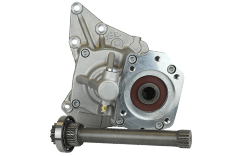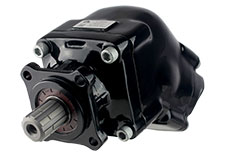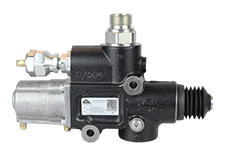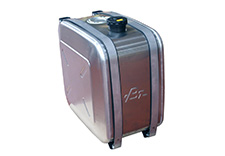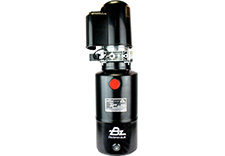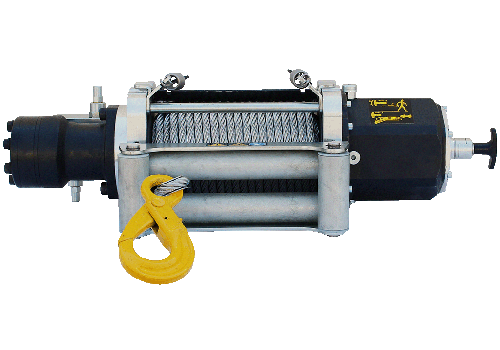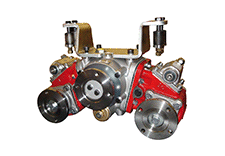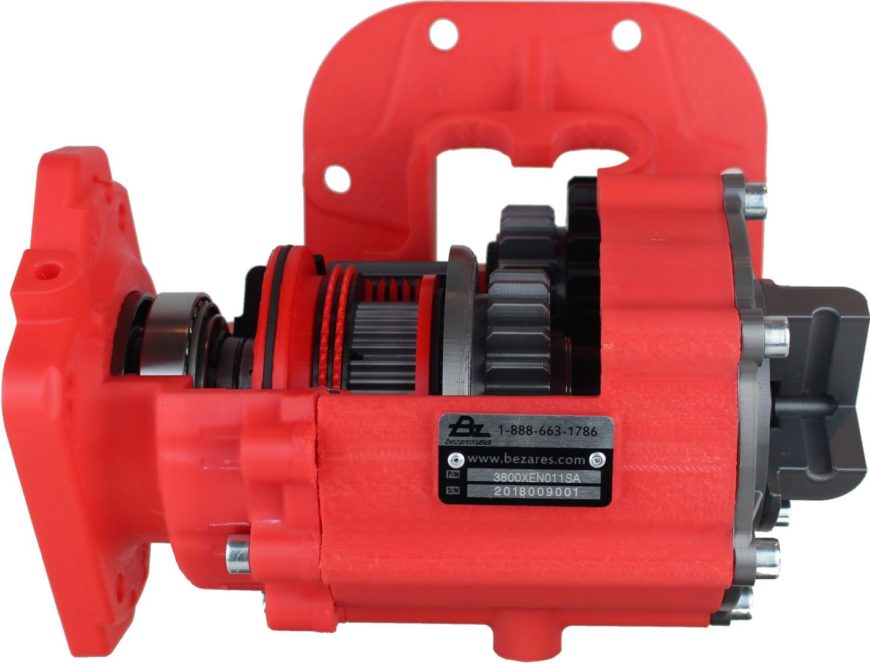Bezares has available the 2010, 3810 and 4110 PTOs for the lower opening of EATON gearboxes EEO-14F112C, EEO-15F112C, EEO-16F112C, EEO-17F112C, EEO-18F112C. Vehicles with 12-speed automatic gearboxes are starting to appear in the market. In addition to being the lightest gearbox in the market, these transmissions incorporate an internal electrical system that minimizes the exposure to corrosion Our 2010, 3810 and 4110 PTOs have been tested in the field and subsequently…
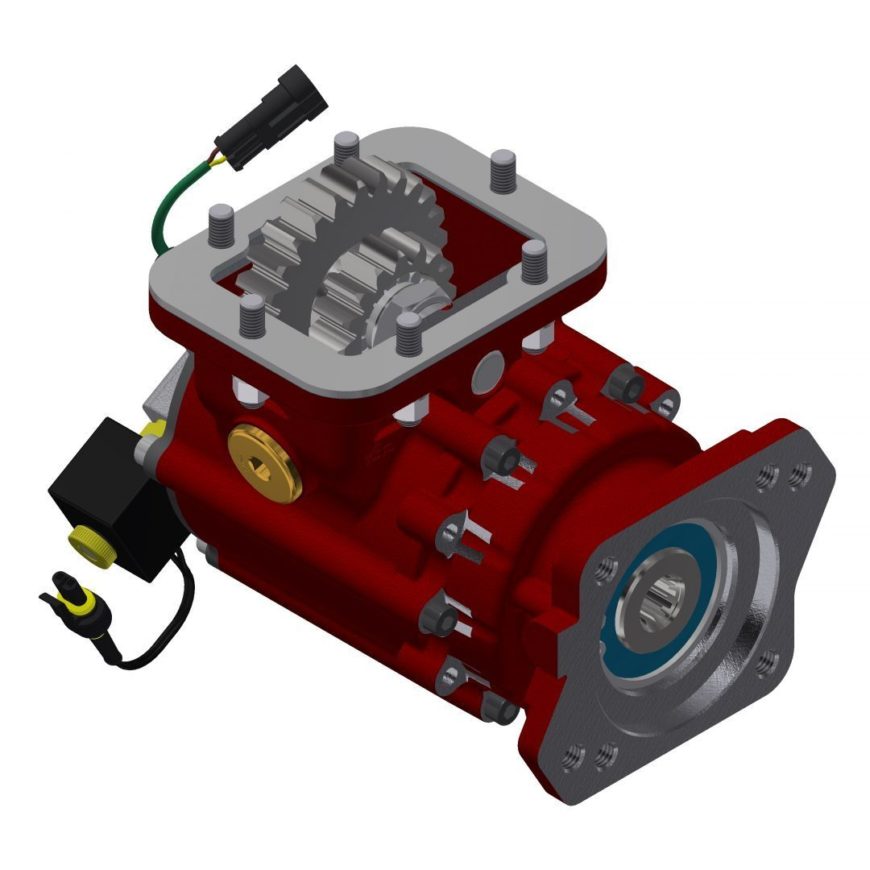
Bezares is presenting the new output options for the 3200 and 3300 PTO Series. These new SAE B (2 and 4 holes) output options improves the mounting position of the pump. Sometimes, the assembly space for the SAE B pumps in the lateral 6 holes opening of Allison, Aisin or Eaton gearboxes is very limited. However, this new flange makes possible to rotate the position of the pump every 30º, getting a better adaptation to the…

Bezares will be exhibiting at the 67th IAA Commercial Vehicles, the most important and international meeting place to present and discuss future solutions for transport, logistics and urban mobility. IAA 2018 will be held in Hannover from the 20th to the 27th of September of 2018 and it’s organized by VDA. Press day will be the 19th of September and on the 20th the show will open the doors to…

Bezares, in collaboration with our partner in Argentina, Alfonso Sabbatini e Hijo S.R.L. will be exhibiting at the Expo Transporte 2018, from September 18 to 21, 2018 in Buenos Aires, Argentina. The Expo Transporte 2018 Argentina is a show that serves as a meeting point for manufacturers, suppliers and professionals of the sector in a mega international event for equipment and technology for the professional automotive transport. This show constitutes a space to strengthen and…
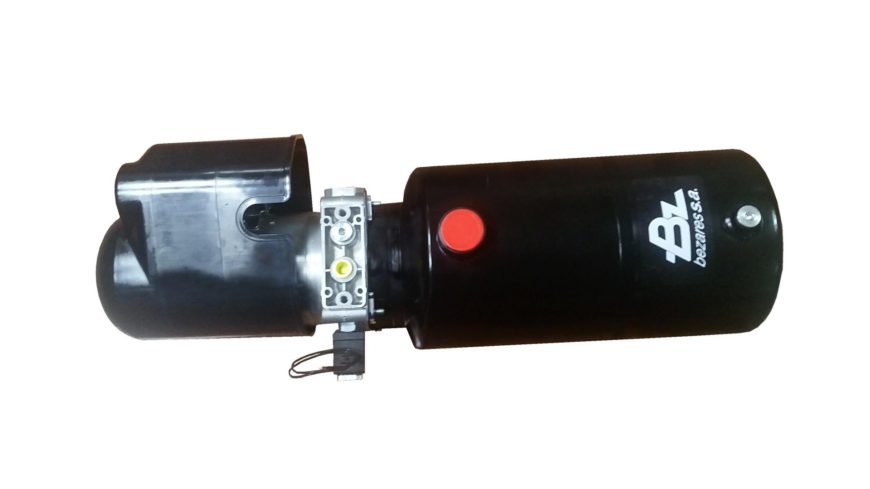
Bezares presents its new mini-powerpacks models in 12V and 24V for single and double-acting applications, which will include as standard a thermostat to protect your engine against possible overheating caused by harsh weather conditions and/or by the working conditions of the equipment, thus adding an extra layer of security guaranteeing a long lifespan. This model can be mounted in horizontal or vertical positions, with direct fitting on the body or a fixing…
